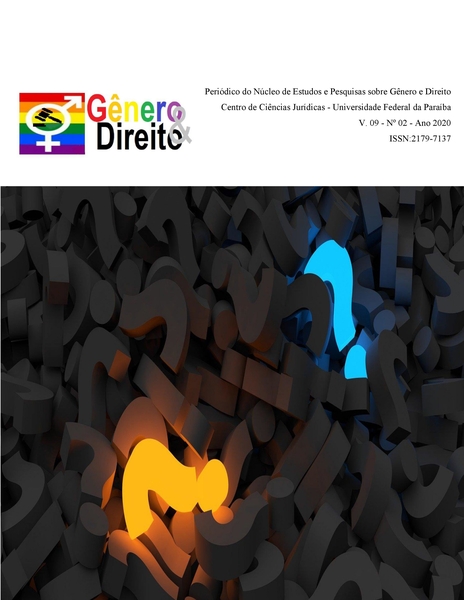EXAMINING THE PARTHIAN ART AND ARCHITECTURE AND THE IMPACT OF GREEK ART AND ARCHITECTURE
DOI:
https://doi.org/10.22478/ufpb.2179-7137.2020v9n2.50803Palavras-chave:
Architecture, Parthian, Greece, Urban.Resumo
In this article, a brief look at the history of ancient Iranian art before Islam, its characteristics during the Parthian rule, and the study of the monuments left over from that period, especially the palaces and the influence of ancient Greek architecture on them. Parthian period, due to the succession of the Seleucids, the Greek and Iranian domination over the Greek culture and architecture were widespread in Iran, one of the most important periods of the history of Iran. The Parthian era culture is a culture that tries to dominate the remains of Greek civilization and culture to bring Iran to re-establish. Parthian win this battle and inspiring inventions and innovations of the Sassanid civilization and Islamic culture of Iran. Overall, what is interesting is the dramatic Parthian architecture are among the Porticoes wide open courtyard surrounded by columns attached to the wall. Plaster Vonda colored object of interesting architectural elements farthest era of special features. The use of materials and the use of adobe bricks with mortar gained sharply. Perhaps one of the advantages of this new material, creating massive arch of the dome is first and then create a new architectural style were the architects of the Sassanid indebted. City maps with Hypoderm been carried out in some cities. But the main feature of the Parthian city circular design in cities such as Marv, Ctesiphon and Hart seen.
Downloads
Referências
Shakur, M.J. and Nia Mahmoud Rajab, 1995. political and social history of the Parthians, Tehran, the world of book publishing, pp: 105.
Ali Akbar stood tall and February Firouzmandi, 2006. archeology and art history of the Median, Achaemenes, Parthian, Sassanid, Tehran, publishing Malik, first edition, p: 204.
Jacob Mohammad far, 2010. archeology and art of the Parthian, Tehran, culture and Islamic Guidance, second edition, p: 68.
Arthur Pope, 2003. architect of Iran, Ghulam Hossein Sadri translated Ansari, Tehran, stars, 47. Jacob Mohammad far, p: 68.
Ferreira, W., 1995. the art of Iran, Pervez translator border, Tehran, Ferzan Publications, p: 57. Ibid., p: 63.
Hussein Zmrshydy, 2008. arches and arch in architecture, Tehran, Iran's Civil and Urban Development, p: 25.
Pervez border, 2007. abstract art, Tehran, Scientific and Cultural Publications, fourteenth edition, p: 36. Houshang messenger, 2005. history and architectural style, Tehran, Pshvtn Publishing, p: 40.
Parviz border, p: 36. Hushing messenger, p: 40. Maria Brvsyvs, 2010. ancient Iranians, translation Mani Saleh, Tehran, Sales Publishing, p: 171.
Hassan Habibie, 2006. the flux of the city, Tehran, Tehran University Publishing, p: 25

